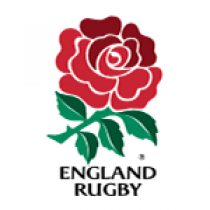A History of the Calcutta Cup
- 2497

Today sees Scotland take on England in the Calcutta Cup, one of the longest-standing and most celebrated traditions in rugby with an intriguing history behind it.
Although it is played annually within the Six Nations, its existence pre-dates this competition.
In an attempt to introduce rugby to India in 1872, former pupils of Rugby School established the Calcutta Rugby Football Club. However, when the British regiment withdrew their occupation of the area, the interest in maintaining the game waned as sports such as cricket and polo were more popular. This led to the eventual disintegration of the club.
WATCH: Omar Mouneimne analyses England & France:
Continue reading below...
However, a few members decided to salvage what they could of the club’s memory by melting down the remaining silver coins (270 rupees) left in the club’s bank account into a trophy.
The trophy is about 45cm tall, resting on a wooden base. Around the sides of said base are engraved, on silver plates, the dates of matches played, winners and captains’ names. The three handles of the trophy are in the shapes of king cobras and a small Indian elephant sits atop the lid.
The trophy was presented to the RFU in 1878 and has endured to this day despite years of mistreatment (most notably a game of one-on-one football in a street in Edinburgh between English player Dean Richards and Scottish player John Jeffry in which the trophy was used as a ball).
Today the trophy resides permanently at the Museum of Rugby in Twickenham.
WATCH: Alun Wyn Jones' offload
Since the first meeting of the teams in the Calcutta Cup in 1879, England has won 54% of the games and Scotland 39%.
With Scotland as current holders of the trophy, a little more bite is added to the Six Nations encounter this evening.













